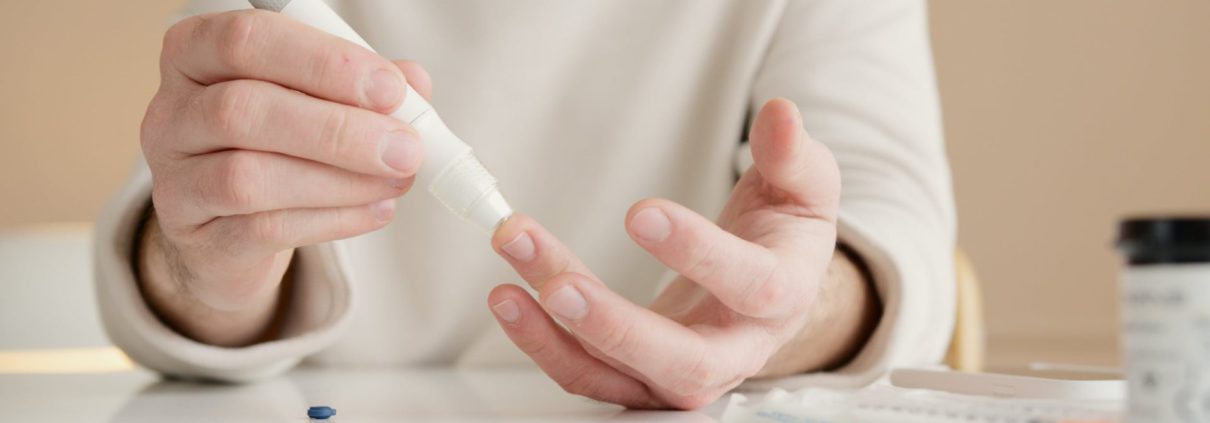COVID-19 Vaccine Billing Guidance (April Update)
PAAS National® has seen a few COVID-19 vaccine audits since pharmacies began billing and administering within the last few months. This article contains some reminders and updates from our January 2021 Newsline COVID-19 Vaccine Billing Guidance. As a general rule, vaccine claims are lower risk for PBM audit; however, audits are always possible, and you should be prepared with good documentation. PAAS highly recommends creating a placeholder “prescription” with all required elements for your records – many pharmacies already do this when billing for other vaccines under protocol. Additionally, it will be necessary to document the administration through a vaccine administration record as well as provide the patient with an Emergency Use Authorization (EUA) fact sheet (in place of a vaccine information sheet). Be sure to submit the correct quantity, days’ supply, SCC code and CPT code depending on which vaccine you are administering. Please see the chart below for a reference.
The coverage for COVID-19 vaccine may be under the pharmacy benefit (via NCPDP standard) or the medical benefit (via CPT codes). Here is a summary of billing information known to PAAS:
| Pharmacy Benefit* | Medical Benefit | |||||||
| Vaccine | NDC-11 | Billing Quantity & Units | Days’ Supply |
Dose 1 | Dose 2 | CPT Codes | Dose 1 | Dose 2 |
| Pfizer-BioNTech1 | 59267-1000-01 | 0.3 mL | 1 | SCC-02 to indicate “first dose” | SCC-06 to indicate “final dose” | 91300 | 0001A | 0002A |
| Moderna2 | 80777-0273-10 | 0.5 mL | 1 | 91301 | 0011A | 0012A | ||
| Janssen3 | 59676-0580-05 | 0.5 mL | 1 | N/A | 91303 | 0031A single-dose | N/A | |
(2) Moderna vaccine has a package size of 5 mL and will deliver 10 doses of 0.5 mL
(3) Janssen vaccine has a package size of 2.5 mL and will deliver 5 doses of 0.5 mL
*NCPDP also recommends that pharmacy claims will need to submit the following for ZERO-COST vaccines:
- Professional Service Code (440-E5) of “MA” (Medication Administered)
- Ingredient Cost Submitted (409-D9) of $0.00 or $0.01
- Incentive Amount Submitted (438-E3) to request payment for administration
- Effective on March 15, 2021, the Medicare Part B payment rate for immunizers will be $40 to administer each dose of a COVID-19 vaccine
- The exact payment rate for administering a COVID-19 vaccine can depend on the type of entity that provides the service and will be geographically adjusted based on where the service is provided.
- Basis of Cost Determination (423-DN) of “15” (free product or no associated cost)
PAAS Tips:
- See NCPA’s COVID-19 Vaccine Information page for numerous resources
- NCPDP Emergency Preparedness Guidance – COVID-19 Vaccines 1.0 has a billing matrix for numerous scenarios
- See CDC website for product information
- See your medical billing intermediary for more details on billing Medicare Part B, and Medicaid/Commercial where applicable
- See your state Medicaid agency, health department and pharmacy association for local resources
- See HRSA website for information about uninsured patients
- See the January 2021 Newsline article COVID-19 Vaccine Billing Guidance












